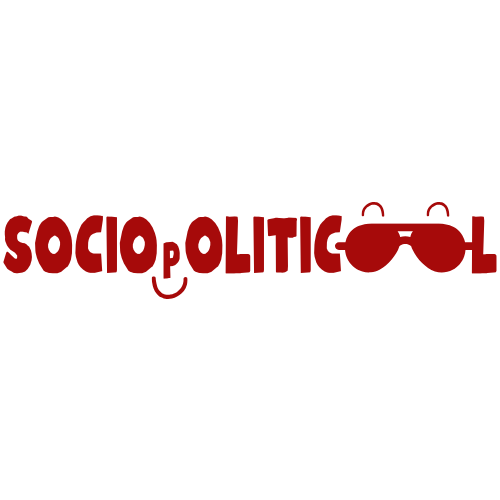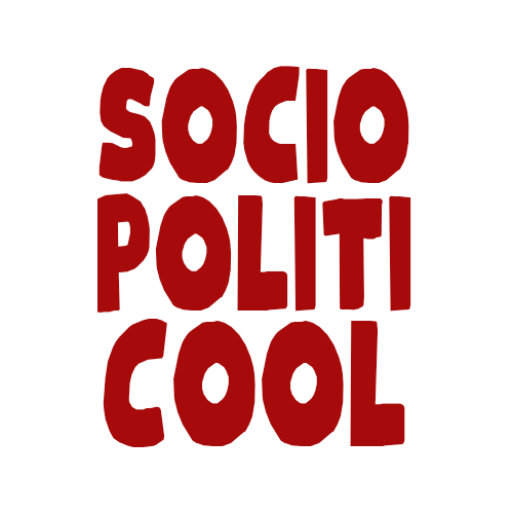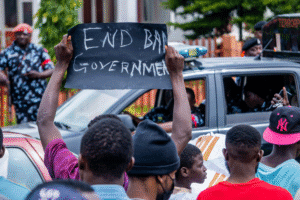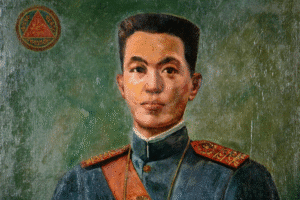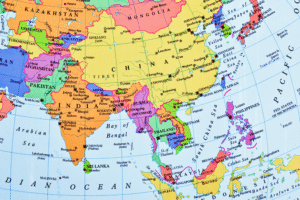I first heard of the Cold War in my international relations class. It happened after the Second World War, but it wasn’t as deadly.
It was a war without open fire. But discussions were held behind closed doors, plans were kept a secret, and everyone watched everyone.
The quiet, cold air was filled with uncertainty. No one knew when a missile would be dropped, and who would to whom.
Indeed, the world was cold from 1947 to 1991.
Cold War Means No Interaction Between Countries
Imagine two neighbors who absolutely despise each other, never talk, but constantly spy through the curtains.
The United States and the Soviet Union operated in that way.
There were no direct battles between them, but they engaged in a fierce and long-lasting competition for global influence.
Other countries aligned themselves with one of the two superpowers, which created a polarized world.
Ideological Battle Between Communism and Capitalism
The Cold War was a battle of ideas. On one side was the communist Soviet Union, and on the other was the capitalist United States.
The United States saw communism as a threat to freedom, while the Soviet Union believed capitalism created unfairness.
This ideological conflict played out on the world stage.
Each country tried to win other countries over to their side, whether through foreign aid, propaganda, or military alliances.
Spies Existed to Know What Other Countries Were Up to
Both the United States and the Soviet Union built vast spy networks, desperate to know what the other side was planning.
The CIA (United States) and the KGB (Soviet Union) recruited informants, ran covert missions, and sometimes even sabotaged each other’s plans.
Even allies spied on each other, worried someone might switch sides. This secret world made everyone more paranoid.
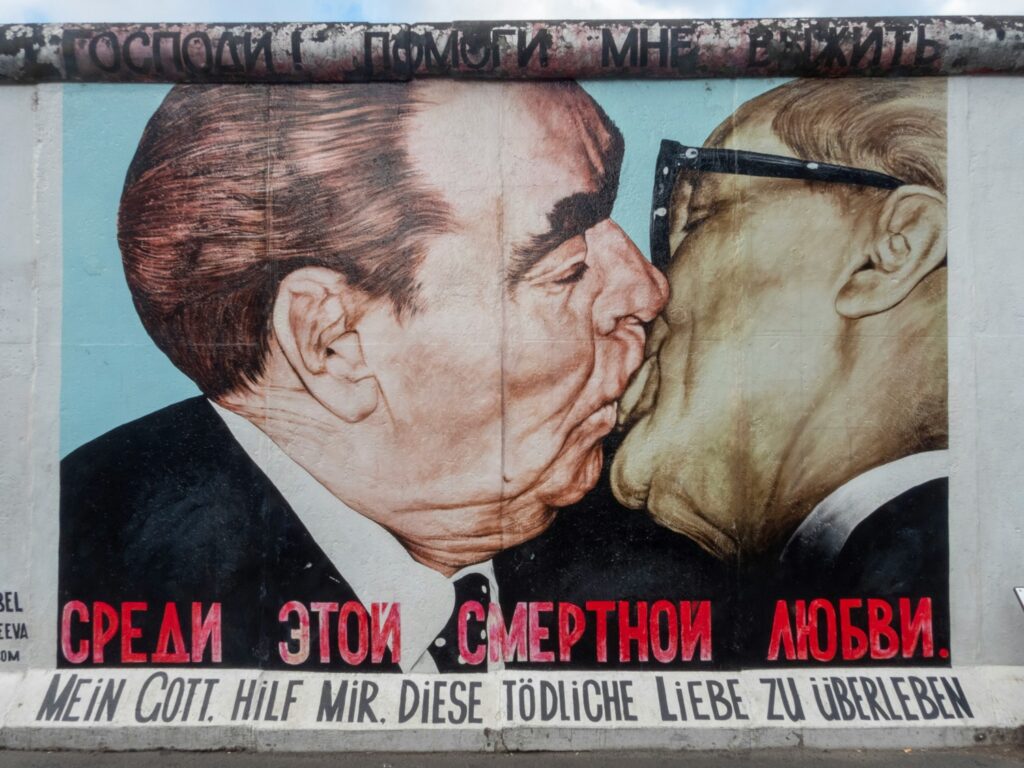
The Wall That Separated East and West Berlin
After the Second World War, Germany was divided into East and West.
The Soviet Union controlled East Germany. The United States, France, and the United Kingdom controlled West Germany.
Berlin, even though located entirely in East Germany, was also split.
In 1961, the East German government, backed by the Soviet Union, built a wall to stop people from fleeing to the West.
The wall literally divided families, friends, and lives overnight. When it finally fell in 1989, it marked the collapse of the Cold War.
Major Proxy Wars During the Cold War
The Cold War didn’t involve direct fighting between the United States and the Soviet Union, but their rivalry played out through proxy wars, or conflicts in other countries where each superpower supported opposing sides.
Korean War
The Korean War lasted from 1950 to 1953.
When North Korea invaded the South, the United States and other Western allies rushed to defend it, fearing the spread of communism.
China and the Soviet Union backed the North.
It ended in a stalemate, with the country still divided along the 38th parallel, which is a division that exists to this day.
Vietnam War
The Vietnam War, from 1955 to 1975, was another brutal Cold War conflict.
North Vietnam was led by communists, who wanted to unite the country under one rule. But the South, supported by the United States, resisted.
The United States sent hundreds of thousands of troops to stop communism from spreading. Still, the communists won.
Vietnam was unified under communist rule.
Soviet-Afghan War
The Soviet-Afghan War started in 1979 and ended in 1989.
When the Soviets invaded Afghanistan to support a communist regime, the United States began funneling weapons and training to Afghan rebels.
It drained the Soviet Union’s resources, so they withdrew eventually.
Interestingly, some of the groups supported by the United States during this time later became part of future conflicts in the region.
Cuban Missile Crisis
In 1962, the Cold War nearly went nuclear. The Soviet Union secretly placed nuclear missiles in Cuba, just 90 miles from the United States’ coast.
When American spy planes discovered them, President Kennedy demanded their removal and ordered a naval blockade.
The Cuban Missile Crisis was a tense confrontation between the United States and the Soviet Union that nearly led to a nuclear war before both sides reached a peaceful agreement.
The Soviet Union removed the missiles in exchange for the United States’ promise not to invade Cuba and to remove missiles from Turkey.
International Organizations Established During the Cold War
Many international alliances and organizations were created during the Cold War, as countries scrambled to strengthen their positions.
Below are some of them.
North Atlantic Treaty Organization (NATO)
Founded in 1949, NATO was a military alliance between the United States, Canada, and many Western European countries.
Its goal was, if one member was attacked, the others would come to its defense. It was meant to deter the Soviet Union’s aggression in Europe.
Over time, it expanded and still exists today.
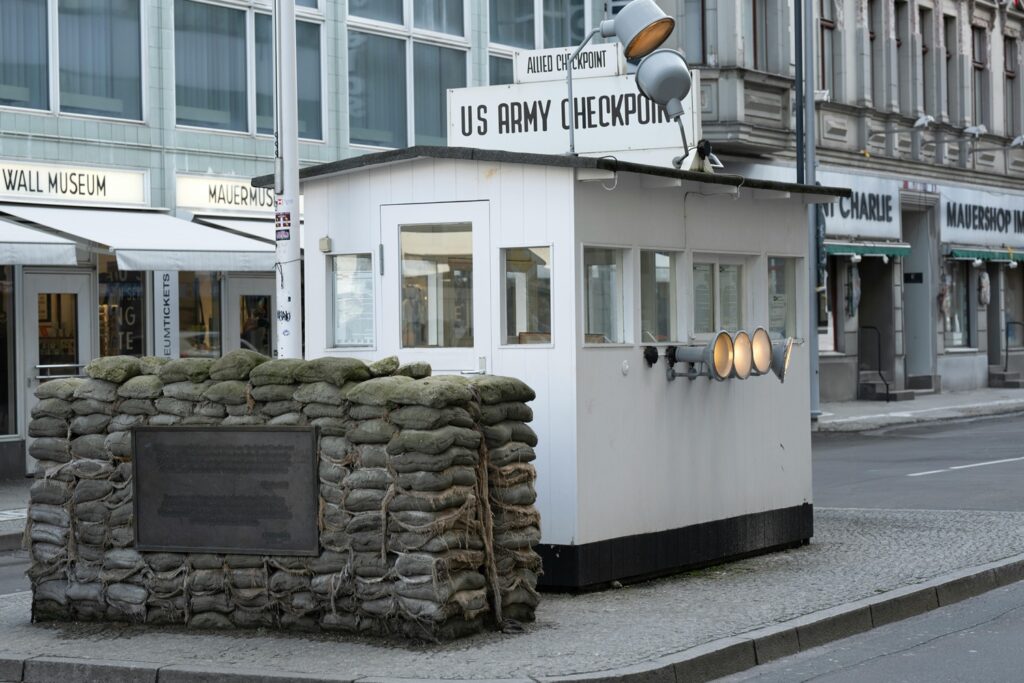
Council for Mutual Economic Assistance (COMECON)
COMECON was the Soviet Union’s response to the United States’ Marshall Plan and Western economic cooperation.
In theory, it was about sharing resources and boosting development. In reality, it was a way for the Soviet Union to control the economies of the Eastern Bloc.
Southeast Asia Treaty Organization (SEATO)
SEATO was created in 1954 as a defense pact between Western powers and Southeast Asian nations to prevent the spread of communism.
Although it never achieved the level of influence NATO had, it reflected the United States’ global anti-communist strategy.
The Philippines, Thailand, Australia, and more countries joined, but internal differences and lack of military unity led to its dissolution in 1977.
World Peace Council
The World Peace Council was primarily backed by the Soviet Union. It promoted global peace, but from a communist perspective.
It criticized the United States and NATO, while ignoring Soviet aggression.
Despite its bias, it attracted peace activists worldwide and raised important questions about nuclear arms and military spending.
Communist Soviet Union vs. Capitalist United States
The Cold War was basically a two-player game: the Soviet Union vs. the United States. Their political ideologies clashed at every turn. But who won?
The Soviet Union’s Glasnost and Perestroika
By the 1980s, the Soviet Union was struggling. Its economy was weak, and people were losing faith in the system.
It was mostly caused by Mikhail Gorbachev. He introduced two major reforms called Glasnost (openness) and Perestroika (restructuring).
Glasnost allowed more freedom of speech and transparency, while Perestroika aimed to reform the stagnant economy.
They were intended to revive communism, but they exposed its failures.
Protests grew, satellite states started breaking away, and the Soviet Union couldn’t hold itself together.
By 1991, it had collapsed entirely.
The United States’ Rise to Global Power
While the Soviet Union crumbled, the United States’ economy boomed, and it gained unprecedented global influence.
American values such as democracy, capitalism, and individual freedom were seen as the “winning” ideology.
Now, the United States is considered the most powerful.

International Relations After the Cold War
After 1991, the world entered a new era of international relations.
Without the Soviet Union, former Soviet states became independent, and Eastern Europe shifted toward democracy and market economies.
But tensions didn’t disappear. New conflicts emerged: ethnic wars, terrorism, and regional power struggles.
